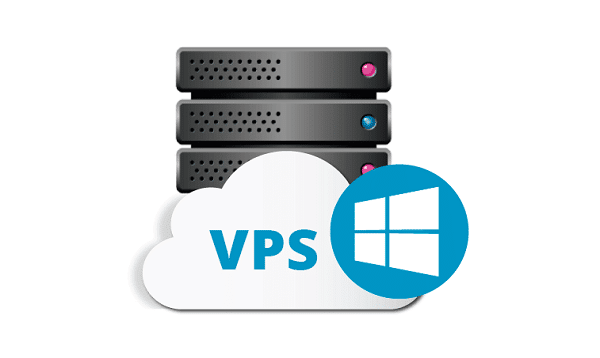What are the Benefits Of Windows Self-Managed VPS
Windows Self-Managed VPS (Virtual Private Server) is a type of hosting service that uses virtualization technology to create a virtual server environment within a shared physical server. A Windows Self-Managed VPS is a hosting service in which the user is responsible for the maintenance and management of the server, rather than the hosting provider.
Some benefits of using a Windows Self-Managed VPS include:
- Control: With a Windows Self-Managed VPS, users have full control over the server and can customize it to meet their specific needs.
- Scalability: Windows Self-Managed VPS allows users to scale their resources up or down as needed, which can be useful for businesses that experience fluctuating resource needs.
- Cost-effectiveness: Windows Self-Managed VPS can be more cost-effective than dedicated hosting, as users only pay for the resources they use and don’t have to invest in expensive hardware.
- Performance: Windows Self-Managed VPS typically offers better performance than shared hosting, as the resources of the virtual server are dedicated to the user.
The Drawbacks Of Windows Self-Managed VPS include:
- Maintenance and management: With a Windows Self-Managed VPS, users are responsible for the maintenance and management of the server, including tasks such as patching, security updates, and monitoring. This can be time-consuming and require technical expertise.
- Dependence on internet connectivity: Windows Self-Managed VPS relies on internet connectivity to transfer data to and from the server. This can be a problem if internet connectivity is unreliable or unavailable.
- Data security: Windows Self-Managed VPS stores data on a remote server, which can be a concern for users who are concerned about data security and privacy. It’s important to use strong passwords and other security measures to protect your data.
How To Choose The Right Windows Self-Managed VPS?
When choosing a Windows Self-Managed VPS, it’s important to consider your specific needs and budget, as well as the reputation and security of the hosting provider. Some questions to consider when choosing a Windows Self-Managed VPS include:
- What type of applications do you need to run on the server?
- Choose a hosting provider: There are several hosting providers that offer Windows Self-Managed VPS, so it’s important to do your research and choose a reputable provider. Consider factors such as the provider’s reputation, security measures, pricing, and support options.
- Choose your plan: Most hosting providers offer different plans with different resource allocations and pricing. Choose a plan that meets your needs and budget.
- Set up your server: Once you’ve chosen a hosting provider and plan, you’ll need to set up your server. This typically involves installing the operating system and any necessary applications and configuring the server to meet your needs.
- Transfer your data: If you already have data that you want to transfer to your new server, you’ll need to transfer it over the internet using a secure protocol like HTTPS.
- Monitor and maintain your server: As the owner of a Windows Self-Managed VPS, you’ll be responsible for monitoring and maintaining the server. This can include tasks such as patching, security updates, and monitoring.
The Bottom Line On Windows Self-Managed VPS
Windows Self-Managed VPS is a useful hosting option for users who need control, scalability, and performance, but who also want to save money compared to dedicated hosting. However, it’s important to be aware of the drawbacks of Windows Self-Managed VPS, including the need for maintenance and management, dependence on internet connectivity, and data security concerns. To get started with a Windows Self-Managed VPS, you’ll need to choose a hosting provider, choose a plan, set up your server, transfer your data, and monitor and maintain your server. Ultimately, the right Windows Self-Managed VPS for you will depend on your specific needs and preferences.

